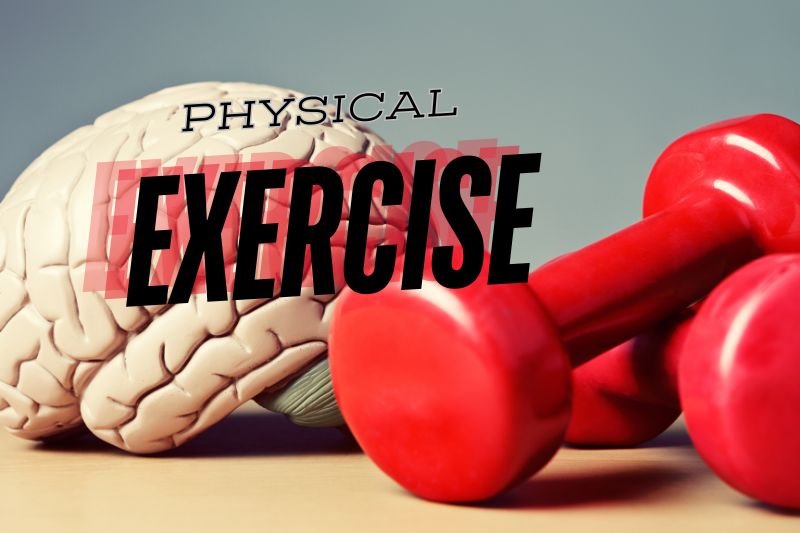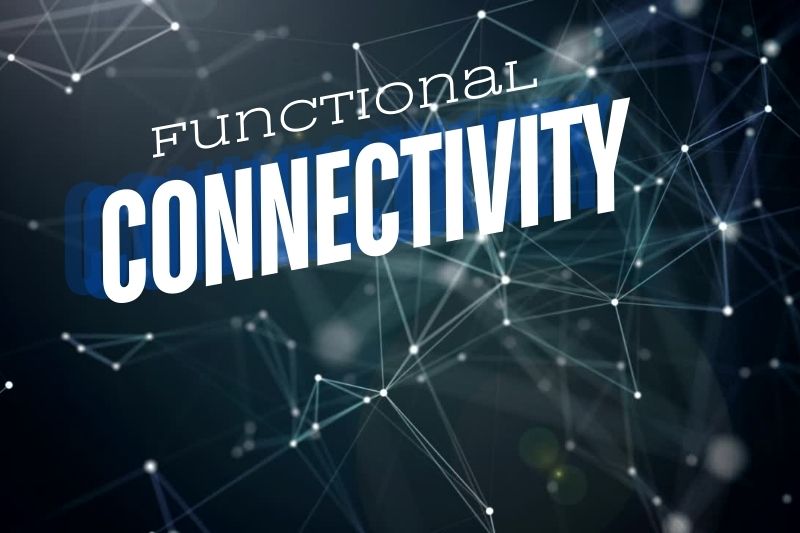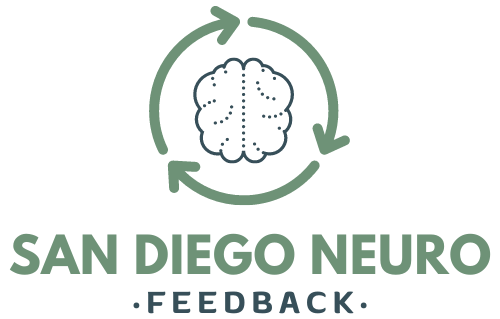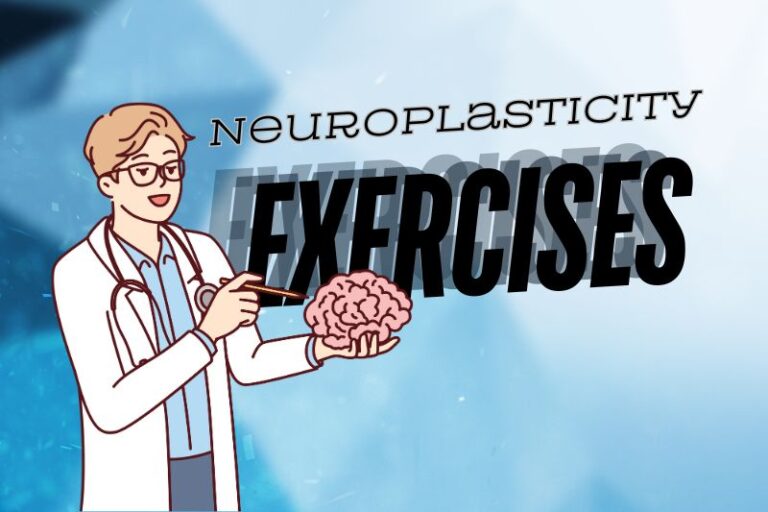Neuroplasticity, the brain’s ability to reorganize itself by forming new neural connections, is a remarkable feature that allows us to adapt, learn, and recover from injuries.
By engaging in specific activities, we can enhance our brain’s plasticity, improving cognitive functions and overall brain health. Here are five effective neuroplasticity exercises, ranked from least to most impactful, backed by scientific research.
Learning a New Language

Learning a new language is an excellent way to stimulate various parts of the brain. This exercise involves memory, listening, speaking, and comprehension skills, making it a comprehensive workout for your brain.
Benefits:
- Memory and Cognitive Flexibility: Studies have shown that bilingual individuals have better working memory and cognitive flexibility compared to monolinguals (Bialystok et al., 2012).
- Problem-Solving Skills: Learning a language improves problem-solving skills by enhancing the ability to switch between tasks and think creatively (Adesope et al., 2010).
- Cognitive Decline: Research indicates that bilingualism can delay the onset of dementia by up to 4.5 years (Alladi et al., 2013).
How to Start:
- Use language-learning apps like Duolingo or Rosetta Stone.
- Join a language class or find a language exchange partner.
- Practice daily by listening to music or watching movies in the new language.
Playing Musical Instruments

Playing a musical instrument requires coordination, rhythm, memory, and auditory processing, providing a full-brain workout. This activity strengthens the connection between different brain regions, enhancing neuroplasticity.
Benefits:
- Memory and Spatial-Temporal Skills: Musicians have been found to have enhanced memory and spatial-temporal skills (Schlaug et al., 2005).
- Auditory Processing and Motor Coordination: Learning to play an instrument improves auditory discrimination and motor skills (Hyde et al., 2009).
- Mental Health: Playing music reduces stress and enhances emotional well-being (Jäncke, 2008).
How to Start:
- Choose an instrument you are interested in, such as the piano, guitar, or violin.
- Take lessons from a tutor or use online resources like YouTube tutorials.
- Practice regularly and progressively challenge yourself with new pieces.
Mindfulness Meditation

Mindfulness meditation involves focusing on the present moment, which enhances awareness and attention control. This practice can lead to changes in brain structure and function, particularly in areas associated with attention and emotional regulation.
Benefits:
- Stress and Anxiety Reduction: Mindfulness meditation has been shown to reduce stress and anxiety by lowering cortisol levels (Tang et al., 2007).
- Attention Span and Emotional Regulation: Regular meditation improves attention span and emotional regulation by increasing connectivity in the prefrontal cortex (Zeidan et al., 2010).
- Brain Structure: Meditation increases grey matter in brain regions involved in learning and memory (Hölzel et al., 2011).
How to Start:
- Begin with short sessions of 5-10 minutes daily using apps like Headspace or Calm.
- Focus on your breath, sensations, or guided meditation prompts.
- Gradually increase the duration as you become more comfortable with the practice.
Physical Exercise

Regular physical exercise, particularly aerobic activities, promotes neurogenesis and enhances cognitive function. Exercise increases blood flow to the brain, providing it with essential nutrients and oxygen.
Benefits:
- Memory and Learning: Exercise has been shown to enhance memory and learning capabilities by increasing hippocampal volume (Erickson et al., 2011).
- Neurodegenerative Diseases: Physical activity reduces the risk of neurodegenerative diseases like Alzheimer’s and Parkinson’s (Ahlskog et al., 2011).
- Mood and Mental Health: Exercise boosts mood and mental health through the release of endorphins (Craft & Perna, 2004).
How to Start:
- Engage in activities like running, swimming, or cycling for at least 150 minutes per week.
- Incorporate strength training exercises to complement aerobic workouts.
- Make exercise a regular part of your daily routine for sustained benefits.
Brain-Training Games and Puzzles
Description: Brain-training games and puzzles, such as Sudoku, crosswords, and memory games, are designed to challenge and stimulate cognitive functions. These activities promote neuroplasticity by encouraging the brain to adapt to new challenges and learn new patterns.
Benefits:
- Memory, Attention, and Problem-Solving: Studies have shown that brain-training games can improve memory, attention, and problem-solving skills (Kueider et al., 2012).
- Cognitive Flexibility and Processing Speed: Engaging in brain-training activities enhances cognitive flexibility and processing speed (Ball et al., 2002).
- Cognitive Decline: Regular mental stimulation through puzzles and games can delay cognitive decline and support overall brain health (Willis et al., 2006).
How to Start:
- Use brain-training apps like Lumosity or Peak for guided exercises.
- Solve puzzles and play games regularly, progressively increasing their difficulty.
- Mix different types of puzzles to challenge various cognitive functions.
Enhancing your brain’s neuroplasticity is not only achievable but also enjoyable through these exercises. Incorporate these activities into your routine to boost your cognitive functions and maintain a healthy brain.
Research Proving Neuroplasticity Works
Neuroplasticity, the brain’s ability to reorganize itself by forming new neural connections, has been a subject of extensive research over the past few decades.
This body of research provides compelling evidence that the brain is not a static organ but is capable of significant change throughout an individual’s life. Here are some key studies and findings that demonstrate the effectiveness of neuroplasticity:
Structural Changes in the Brain

Hippocampal Neurogenesis
One of the landmark studies in neuroplasticity was conducted by Erickson et al. (2011), which demonstrated that aerobic exercise can increase the size of the hippocampus, a brain area crucial for memory and learning.
The study involved older adults who engaged in regular aerobic exercise and found significant increases in hippocampal volume, correlating with improved spatial memory performance. This research highlights the brain’s ability to generate new neurons, even in later life.
Grey Matter Density and Meditation
Another significant study by Hölzel et al. (2011) investigated the effects of mindfulness meditation on brain structure. The study found that individuals who practiced mindfulness meditation for eight weeks showed increased grey matter density in brain regions associated with learning, memory, and emotional regulation. These changes indicate that meditation can lead to structural brain modifications, supporting the concept of neuroplasticity.
Functional Connectivity

Musical Training and Brain Connectivity
Research by Hyde et al. (2009) explored the impact of musical training on brain development in children. The study found that children who received 15 months of musical training exhibited enhanced structural connectivity in the corpus callosum, the bundle of nerve fibers that connects the two hemispheres of the brain.
This improved connectivity was associated with better motor and auditory skills, demonstrating that learning to play a musical instrument can induce significant functional changes in the brain.
Bilingualism and Cognitive Flexibility
Studies on bilingual individuals provide additional evidence of neuroplasticity. Bialystok et al. (2012) found that bilinguals have greater cognitive flexibility and a more efficient executive control system than monolinguals. The constant switching between languages enhances the brain’s ability to manage multiple tasks simultaneously, showing how environmental demands can shape cognitive processes and brain structure.
Recovery from Brain Injuries
Constraint-Induced Movement Therapy (CIMT)
Research on rehabilitation techniques, such as Constraint-Induced Movement Therapy (CIMT), provides compelling evidence of neuroplasticity in action.
CIMT involves restraining the unaffected limb of stroke patients to encourage the use of the affected limb. Studies, such as those by Taub et al. (2006), have shown that CIMT can lead to significant improvements in motor function and induce cortical reorganization in the brain. These findings underscore the brain’s capacity to adapt and rewire itself following injury.
Phantom Limb Pain
Research on phantom limb pain, where amputees feel pain in the missing limb, also demonstrates neuroplasticity. Studies by Ramachandran and Hirstein (1998) used mirror therapy to alleviate phantom limb pain.
By using mirrors to create a visual illusion of the missing limb, patients could “move” the phantom limb, leading to a reduction in pain. This therapy relies on the brain’s ability to reorganize sensory and motor maps, highlighting its plastic nature.
Learning and Memory

Environmental Enrichment
Research by Rosenzweig and Bennett (1996) demonstrated that environmental enrichment, such as exposure to complex and stimulating environments, can enhance brain plasticity.
Their studies on rats showed that those raised in enriched environments had increased cortical thickness and more synaptic connections compared to those in standard conditions. These findings suggest that engaging in diverse and stimulating activities can enhance brain function and structure.
Neuroplasticity in Lifelong Learning
Kempermann et al. (1997) provided evidence that learning new skills and acquiring new knowledge can promote neuroplasticity.
Their research on adult mice showed that learning experiences could stimulate neurogenesis in the hippocampus, suggesting that the brain remains capable of adapting and growing new neurons throughout life.
References
Adesope, O. O., Lavin, T., Thompson, T., & Ungerleider, C. (2010). A systematic review and meta-analysis of the cognitive correlates of bilingualism. Review of Educational Research, 80(2), 207-245.
Ahlskog, J. E., Geda, Y. E., Graff-Radford, N. R., & Petersen, R. C. (2011). Physical exercise as a preventive or disease-modifying treatment of dementia and brain aging. Mayo Clinic Proceedings, 86(9), 876-884.
Alladi, S., Bak, T. H., Duggirala, V., Surampudi, B., Shailaja, M., Shukla, A. K., … & Kaul, S. (2013). Bilingualism delays age at onset of dementia, independent of education and immigration status. Neurology, 81(22), 1938-1944.
Ball, K., Berch, D. B., Helmers, K. F., Jobe, J. B., Leveck, M. D., Marsiske, M., … & Willis, S. L. (2002). Effects of cognitive training interventions with older adults: a randomized controlled trial. JAMA, 288(18), 2271-2281.
Bialystok, E., Craik, F. I., & Luk, G. (2012). Bilingualism: consequences for mind and brain. Trends in Cognitive Sciences, 16(4), 240-250.
Craft, L. L., & Perna, F. M. (2004). The benefits of exercise for the clinically depressed. Primary Care Companion to The Journal of Clinical Psychiatry, 6(3), 104-111.
Erickson, K. I., Voss, M. W., Prakash, R. S., Basak, C., Szabo, A., Chaddock, L., … & Kramer, A. F. (2011). Exercise training increases size of hippocampus and improves memory. Proceedings of the National Academy of Sciences, 108(7), 3017-3022.
Hölzel, B. K., Carmody, J., Vangel, M., Congleton, C., Yerramsetti, S. M., Gard, T., & Lazar, S. W. (2011). Mindfulness practice leads to increases in regional brain gray matter density. Psychiatry Research: Neuroimaging, 191(1), 36-43.
Hyde, K. L., Lerch, J., Norton, A., Forgeard, M., Winner, E., Evans, A. C., & Schlaug, G. (2009). Musical training shapes structural brain development. The Journal of Neuroscience, 29(10), 3019-3025.
Jäncke, L. (2008). Music, memory and emotion. Journal of Biology, 7(6), 21.
Kempermann, G., Kuhn, H. G., & Gage, F. H. (1997). More hippocampal neurons in adult mice living in an enriched environment. Nature, 386(6624), 493-495.
Kueider, A. M., Parisi, J. M., Gross, A. L., & Rebok, G. W. (2012). Computerized cognitive training with older adults: a systematic review. PLoS ONE, 7(7), e40588.
Ramachandran, V. S., & Hirstein, W. (1998). The perception of phantom limbs. The D. O. Hebb lecture. Brain: A Journal of Neurology, 121(9), 1603-1630.
Rosenzweig, M. R., & Bennett, E. L. (1996). Psychobiology of plasticity: effects of training and experience on brain and behavior. Behavioural Brain Research, 78(1), 57-65.
Schlaug, G., Norton, A., Overy, K., & Winner, E. (2005). Effects of music training on the child’s brain and cognitive development. Annals of the New York Academy of Sciences, 1060(1), 219-230.
Tang, Y. Y., Ma, Y., Wang, J., Fan, Y., Feng, S., Lu, Q., … & Posner, M. I. (2007). Short-term meditation training improves attention and self-regulation. Proceedings of the National Academy of Sciences, 104(43), 17152-17156.
Taub, E., Uswatte, G., & Elbert, T. (2002). New treatments in neurorehabilitation founded on basic research. Nature Reviews Neuroscience, 3(3), 228-236.
Willis, S. L., Tennstedt, S. L., Marsiske, M., Ball, K., Elias, J. W., Koepke, K. M., … & Wright, E. (2006). Long-term effects of cognitive training on everyday functional outcomes in older adults

